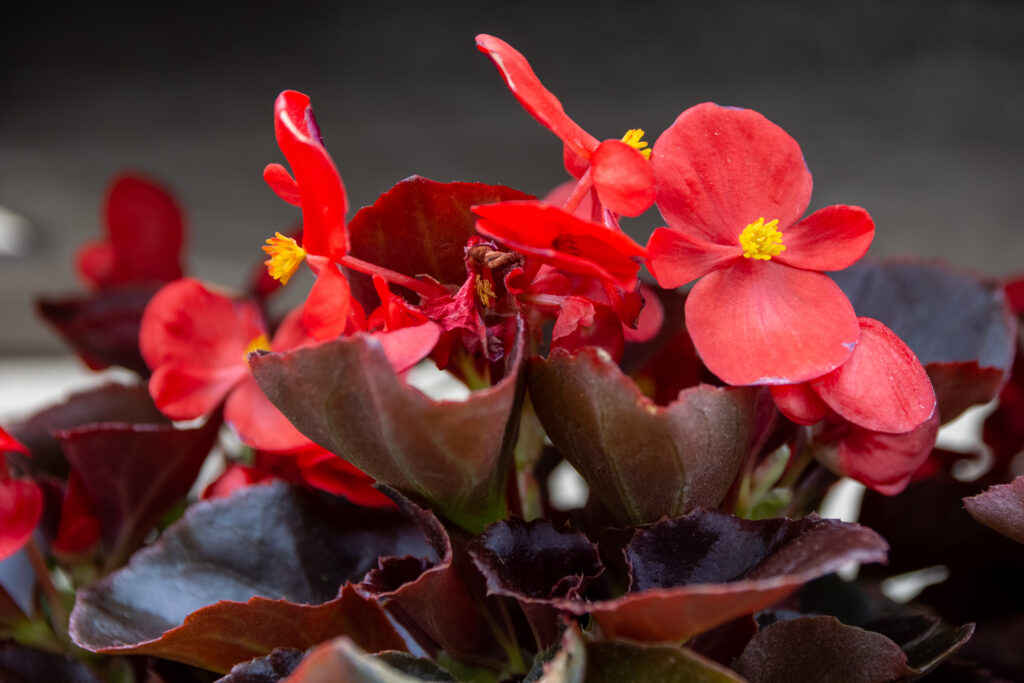Summary of Application of protein hydrolysate-based biostimulant as new approach to improve performance of bedding plants
Biostimulants Boost Bedding: Enhancing Growth and Quality of Ornamentals
Bedding plants are key elements in public green spaces and private gardens, yet they often face stress from drought, salinity, and urban pollution. Applying plant biostimulants is a sustainable strategy to improve growth, ornamental quality, and resilience under these challenging conditions. Protein hydrolysates (PHs) are a particularly effective type of biostimulant for bedding plants.
Enhancing Bedding Plant Growth with Protein Hydrolysates
This study assessed four concentrations of the protein hydrolysate “Trainer” (0, 1, 3, or 5 mL L⁻¹) on three common bedding plants: Begonia tuberhybrida, Pelargonium peltatum, and Viola cornuta. The results showed that biostimulants improve bedding plant growth, although responses varied by species. In Pelargonium peltatum, 1 mL L⁻¹ significantly increased plant height, canopy volume, leaf area, and flower number. Viola cornuta exhibited more limited responses at the same concentration.
Physiological and Nutritional Advantages for Bedding Plants
Protein hydrolysate treatments also influenced leaf gas exchange, including net photosynthesis, stomatal conductance, and transpiration. The observed growth improvements in Pelargonium and Begonia were linked to higher total nitrogen and nitrate content, demonstrating that biostimulants support nutrient uptake and metabolic activity.
Practical Benefits of Biostimulants in Urban Gardens
Overall, using biostimulants helps enhance bedding plant performance by improving growth, leaf function, nutrient accumulation, and ornamental traits. For gardeners and horticulturists, protein hydrolysates provide a practical and sustainable tool to maintain healthy and attractive bedding plants in urban and peri-urban gardens. Integrating these biostimulants into plant care routines can maximize flowering, leaf quality, and overall plant vitality even under non-optimal conditions.
Publication: Acta Horticulturae









